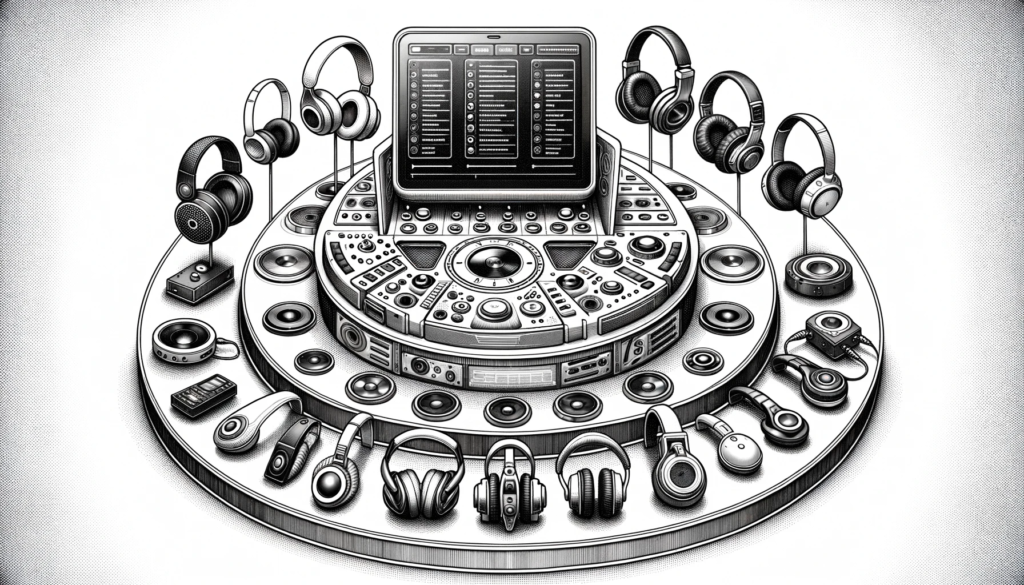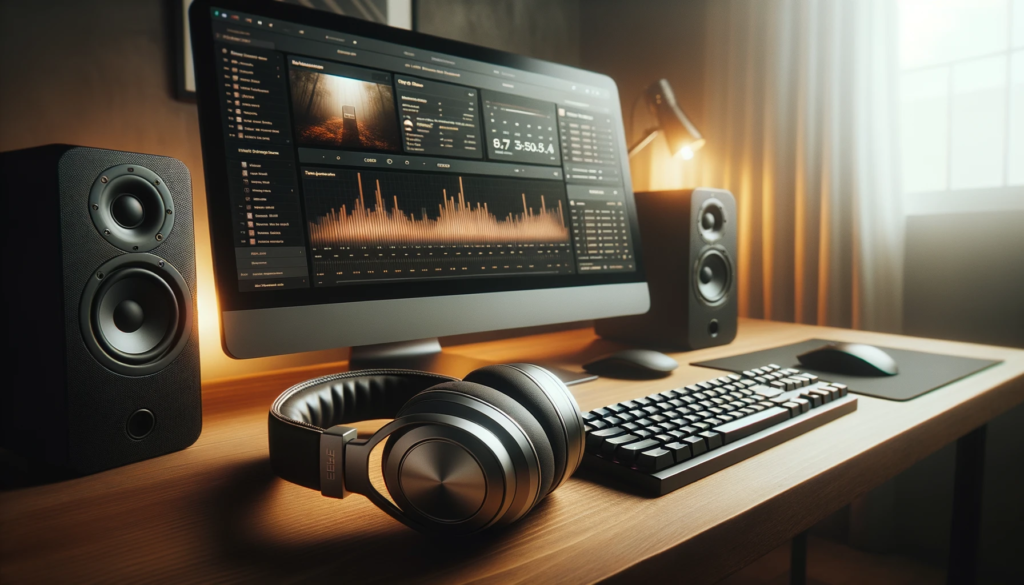
Hey there, music lover! 🎵 So, you’re on the hunt for some new tunes, or maybe you’re just trying to snag that one podcast episode that had you laughing so hard you almost spilled your coffee. We’ve all been there. If you’re looking to download MP3 sounds, look no further. I’ve got you covered. Here’s a chill guide on how to get that audio goodness into your ears. Let’s dive in!
In this article:
1. Figure Out What You’re After
Before we even talk about download sound mp3, you’ve gotta know what you want. Is it a song? A podcast episode? Some chill background music for your cat’s YouTube debut? Got it? Cool. Moving on.
2. Always Go Legit
Before we go any further, let’s make one thing clear: piracy ain’t cool. Not only is it illegal, but you’re not supporting the artists and creators you love. So, always opt for legit platforms and methods. Give credit where it’s due!
3. Popular Platforms
- Streaming Services: Spotify, Apple Music, and Tidal let you download tunes for offline listening, though it’s not in MP3 format per se. These are more for personal convenience than anything.
- Purchase and Download Stores: Websites like Amazon Music, iTunes, and Google Play Music allow you to buy tracks and albums. Once you purchase, you get the freedom to download the file, usually in MP3 format.
- Podcasts: For podcasts, platforms like Stitcher, Podbean, or Apple Podcasts often have a download option.
- Free and Legit Sources: There are sites like Free Music Archive or Jamendo that offer music for free, legally. Always read the licensing to make sure you can use it the way you intend.
4. How to Download
- Direct Download: This is the easiest. Once you’ve found your tune on a legit site, there’s usually a ‘Download’ button. Click, and voila! Your sound is on its merry way to your device.
- Using Software or Apps: Some platforms require their software for downloads, like iTunes. In that case, install the necessary software, purchase or select the track, and download.
5. Check Your Downloads Folder
After clicking the magic button, your sound file usually goes straight to the ‘Downloads’ folder on your device. If you can’t find it, don’t panic! Just check your browser’s download history or the app’s settings to locate your file.
6. Enjoy Your Sound! 🎧
Throw on those headphones, hit play, and bask in the glory of your new sound. Whether it’s music, a podcast, or ambient sounds of the forest, you’ve mastered the art of downloading.
Side note: Always ensure your antivirus and anti-malware software are up-to-date. Even legit sites can sometimes be compromised, and you don’t want any nasty surprises. Download sound mp3 only when you are sure the site is trusted and does not contain any viruses or malware.
And there you have it! Not too tricky, right? Keep this guide handy, support the creators, and never stop exploring new sounds. Happy listening! 🎶

Why mp3 music format is still alive? Where it is used?
The MP3 format, despite being several decades old, has proven to be resilient and enduring. Here’s why MP3 remains alive and kicking and where it’s commonly used:
1. Legacy & Familiarity:
- Historical Impact: MP3 was one of the first widely-accepted formats for digital audio compression. Its rise during the late 1990s and early 2000s, especially with the proliferation of early digital music players and peer-to-peer sharing platforms, solidified its place in digital music history.
- Recognition: For many, MP3 is synonymous with digital audio. This level of brand recognition is hard to beat.
2. Compatibility:
- Wide Support: Virtually every digital audio player, computer, smartphone, and tablet supports MP3 playback. It’s a universal format in that regard.
- Flexibility: MP3 files can be easily manipulated (e.g., cut, joined, or converted) using a vast array of software available, both free and paid.
3. Size & Quality Balance:
- While there are codecs that offer better compression and audio quality today, MP3 strikes a balance between file size and sound quality that is “good enough” for many casual listeners.
4. Licensing Changes:
- In the past, the licensing fees associated with MP3 were a concern for developers, but the key patents covering the MP3 format expired a few years ago, making it free to use.
5. Use in Podcasting & Broadcasting:
- MP3 remains a favorite for many podcasters due to its wide compatibility and acceptable sound quality. Most podcast directories accept MP3 uploads.
- Internet radio stations also often broadcast in MP3 because of its broad compatibility.

6. Educational & Business Use:
- Audiobooks, recorded lectures, and other spoken-word content often use MP3 because the nuances preserved in higher-definition formats aren’t as necessary for spoken word as they might be for high-fidelity music.
7. Niche Music Communities:
- Some music communities and platforms, especially those that focus on retro tech or cater to users who use older devices, continue to distribute or discuss music in MP3 format.
8. Archival & Legacy Content:
- A vast amount of digital audio content exists in MP3 format, and not all of this will be converted or upgraded to newer formats.
While newer formats like AAC, FLAC, or Opus might offer better sound quality or more efficient compression, the MP3 format’s universal compatibility, combined with its history and the sheer volume of MP3 content that exists, ensures that it remains relevant.